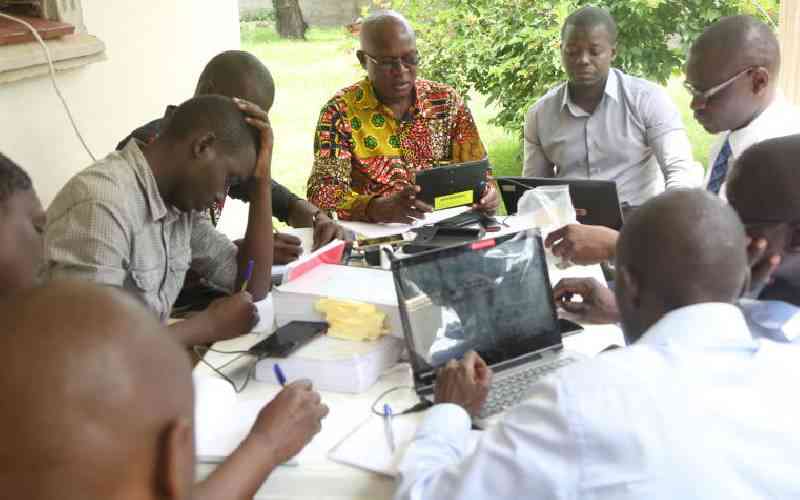×
The Standard e-Paper
Kenya’s Boldest Voice

Raila Odinga's ICT expert says that a number of unauthorised IEBC staff were allowed to illegally access the election transmission systems which might have affected the integrity of the presidential election.
George Njoroge names Dickson Kwanusu and Abdidahir Abdi as some of the electoral commission staff who had unfettered access to the systems even though they had no authority to do as their names had not been published in the Kenya Gazette as is required by the law.